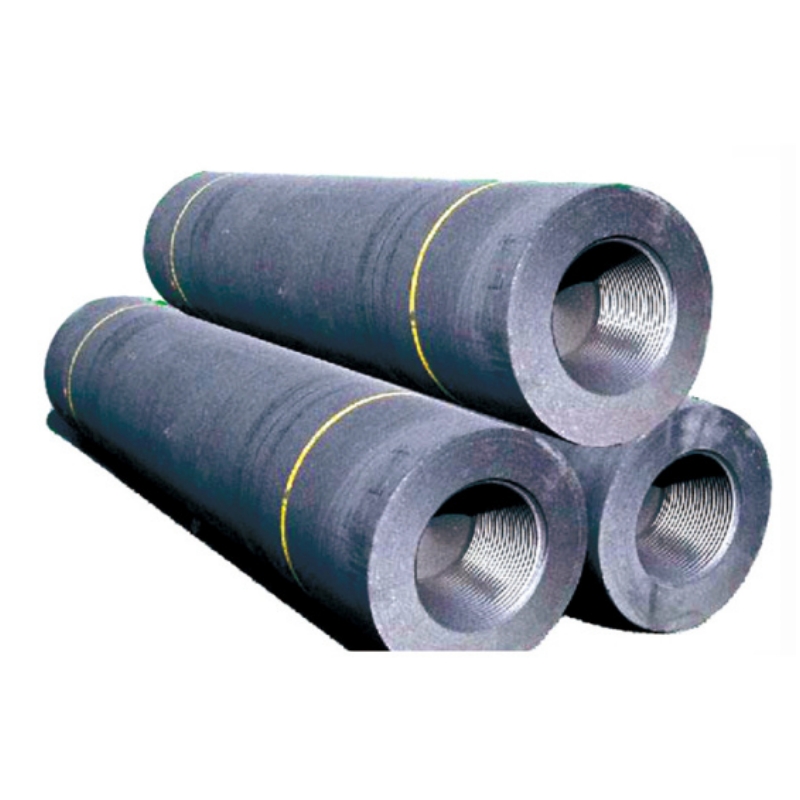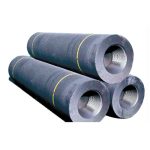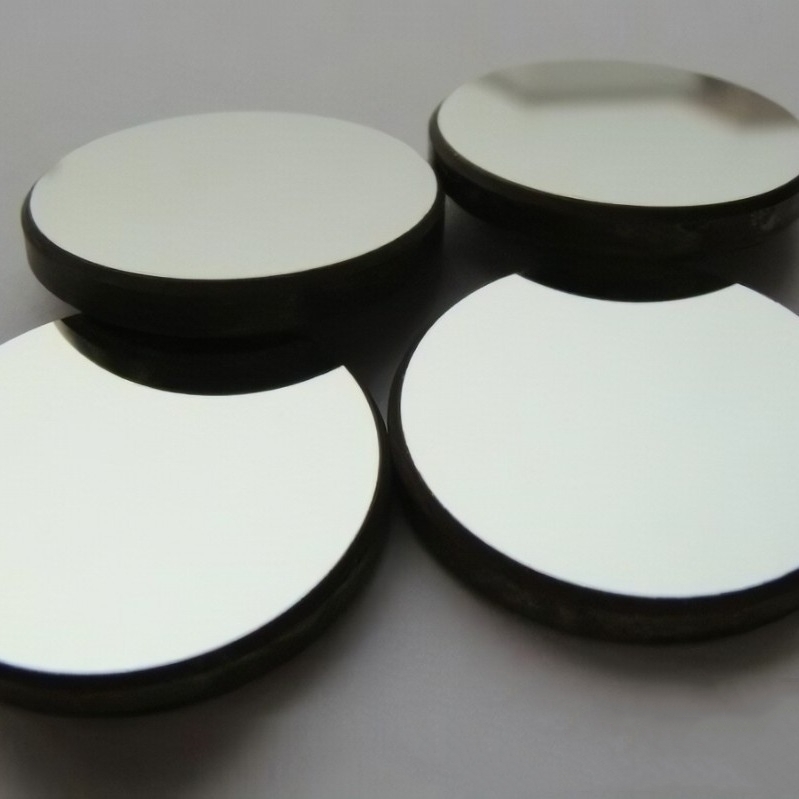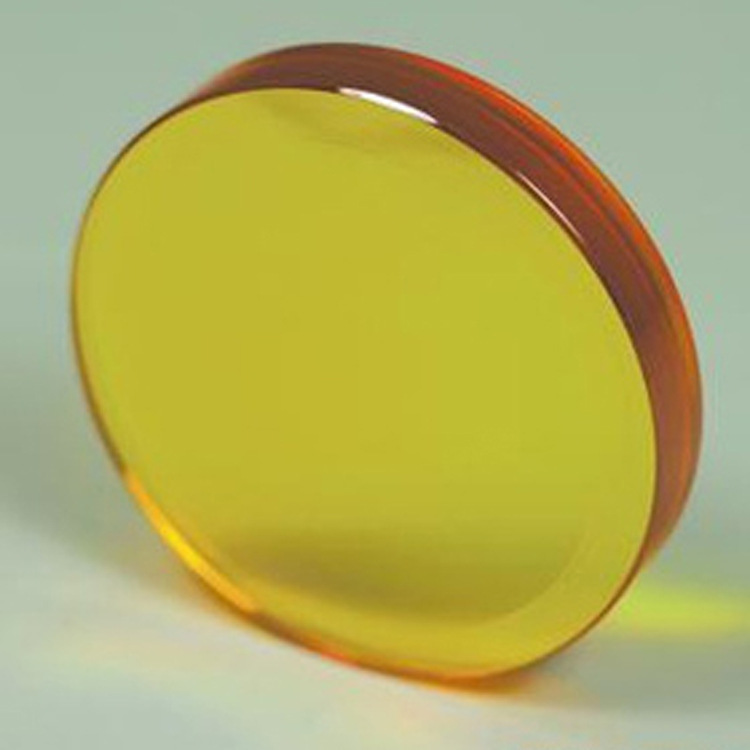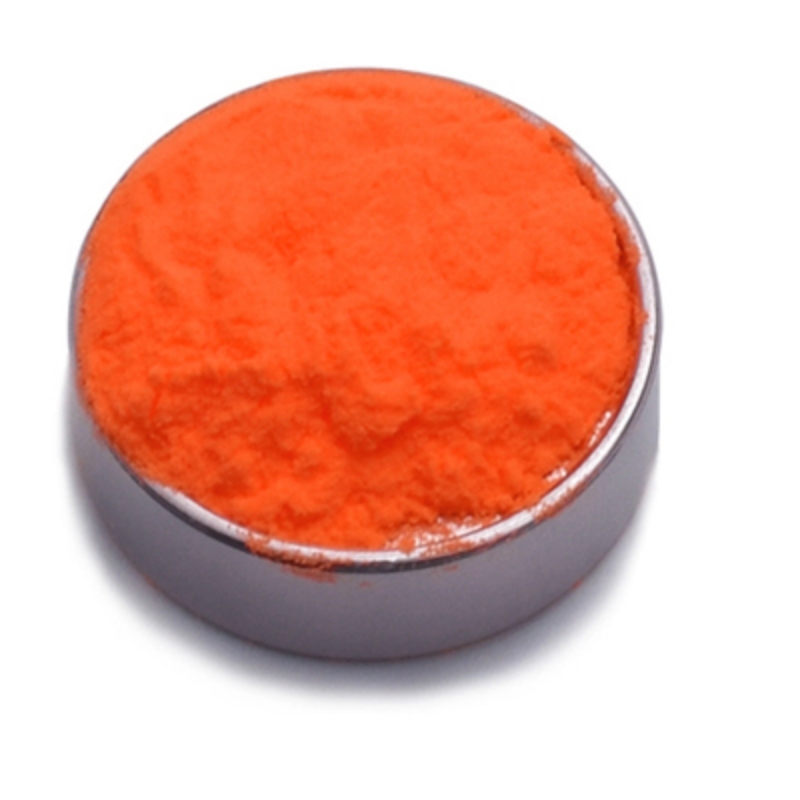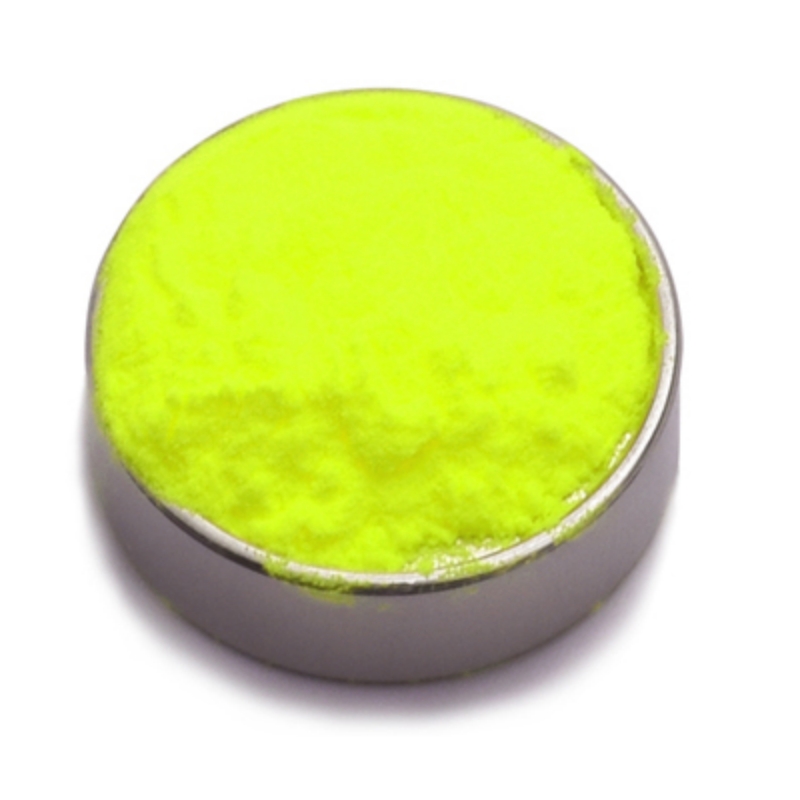Standard graphite electrodes are industrial-grade carbon components designed for efficient energy transfer, high thermal resistance, and reliable mechanical durability. Manufactured using advanced processing techniques, these electrodes offer optimized electrical conductivity, extended lifespan, and superior oxidation resistance. They are widely used in electric arc furnaces, steel production, metallurgical refining, and electrochemical applications, ensuring stable and high-performance operation in extreme environments.
Product Overview
Standard graphite electrodes are conventional electrode materials known for their good electrical conductivity, thermal stability, and corrosion resistance. Manufactured through traditional graphitization, these electrodes offer solid electrical and mechanical performance, making them suitable for general smelting and high-temperature electrical applications. Widely used in steel and aluminum smelting, they efficiently and reliably conduct electricity, meeting the needs of medium-power electric arc furnaces for everyday smelting processes.
Key Features
- Stable Conductivity: The electrodes offer good conductivity, effectively transmitting electricity to improve smelting efficiency.
- Good Thermal Stability: These electrodes maintain stability in high-temperature environments, suitable for standard smelting processes.
- Moderate Mechanical Strength: With adequate resistance to breakage, these electrodes can handle typical physical stresses during smelting.
- Low Impurity Content: The low impurity level ensures the quality and purity of the metal products during smelting.
- Corrosion Resistance: They have good chemical corrosion resistance, ensuring reliable performance in harsh smelting environments.
Applications
- Steel Smelting: Used in electric arc furnaces for steel production, particularly in medium to low-power electric arc furnaces.
- Aluminum Smelting: Widely used in electric arc furnaces for aluminum smelting, providing stable current conduction.
- Non-Ferrous Metal Smelting: Suitable for smelting and processing other metals.
- Chemical Industry: Serves as electrodes in high-temperature chemical reaction equipment, ensuring stability during the smelting and reaction processes.
- Power Industry: Used as current-conducting material in electrical equipment to ensure normal power system operation.
| Item | Unit | Nominal Diameter (mm) | ||||||||||
| 75-130 | 150-225 | 250-300 | 300-450 | 500-800 | ||||||||
| Premium Grade | First Grade | Premium Grade | First Grade | Premium Grade | First Grade | Premium Grade | First Grade | Premium Grade | First Grade | |||
| Resistivity ≤ | Electrode | μΩm | 8 | 10 | 8 | 10 | 8 | 10 | 8.5 | 10 | 8.5 | 10 |
| Joint | 7.5 | 7.5 | 7.5 | 7.5 | 7.5 | |||||||
| Flexural Strength ≥ | Electrode | MPa | 10 | 10 | 8 | 7 | 6.5 | |||||
| Joint | 15 | 15 | 15 | 15 | 15 | |||||||
| Elastic Modulus ≤ | Electrode | GPa | 9.3 | 9.3 | 9.3 | 9.3 | 9.3 | |||||
| Joint | 14 | 14 | 14 | 14 | 14 | |||||||
| Density ≥ | Electrode | g/cm³ | 1.6 | 1.6 | 1.6 | 1.58 | 1.56 | |||||
| Joint | 1.7 | 1.7 | 1.7 | 1.7 | 1.7 | |||||||
| Thermal Expansion ≤ | Electrode | 10⁻⁶/℃ | 2.9 | 2.9 | 2.9 | 2.9 | 2.9 | |||||
| Joint | 2.7 | 2.7 | 2.7 | 2.7 | 2.7 | |||||||
| Ash Content ≤ | % | 0.5 | 0.5 | 0.5 | 0.5 | 0.5 | ||||||
 new material
new material

